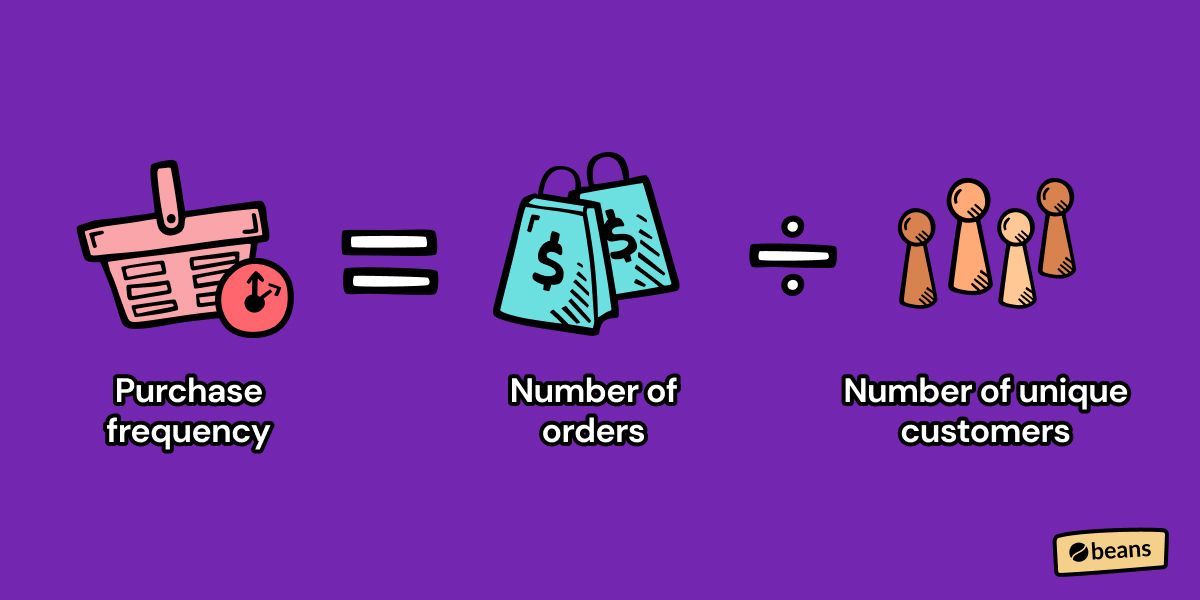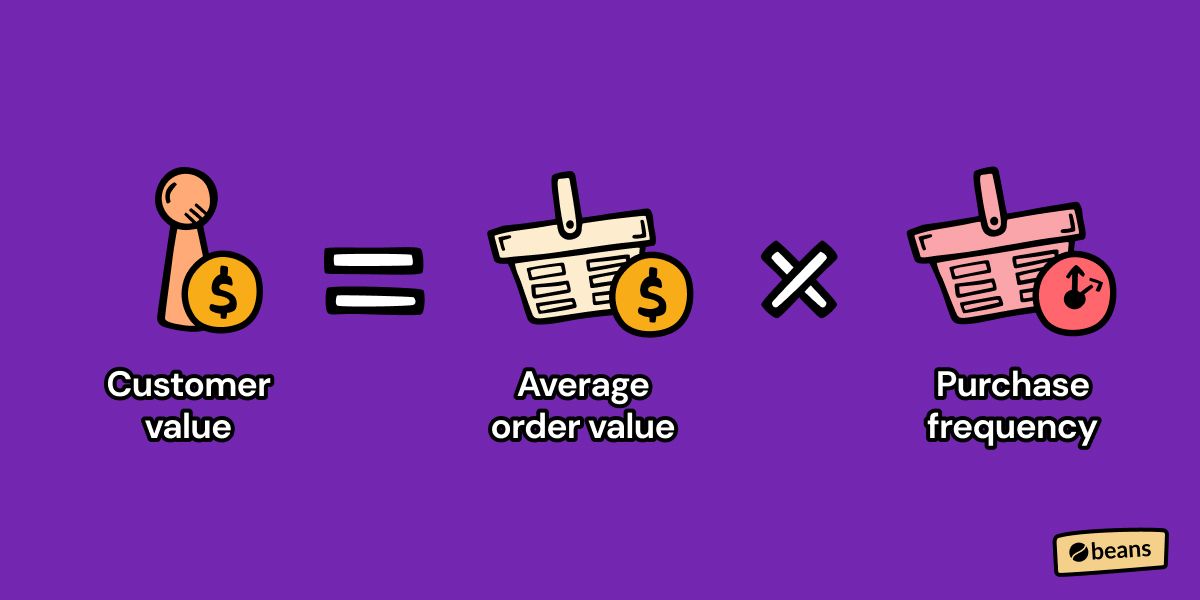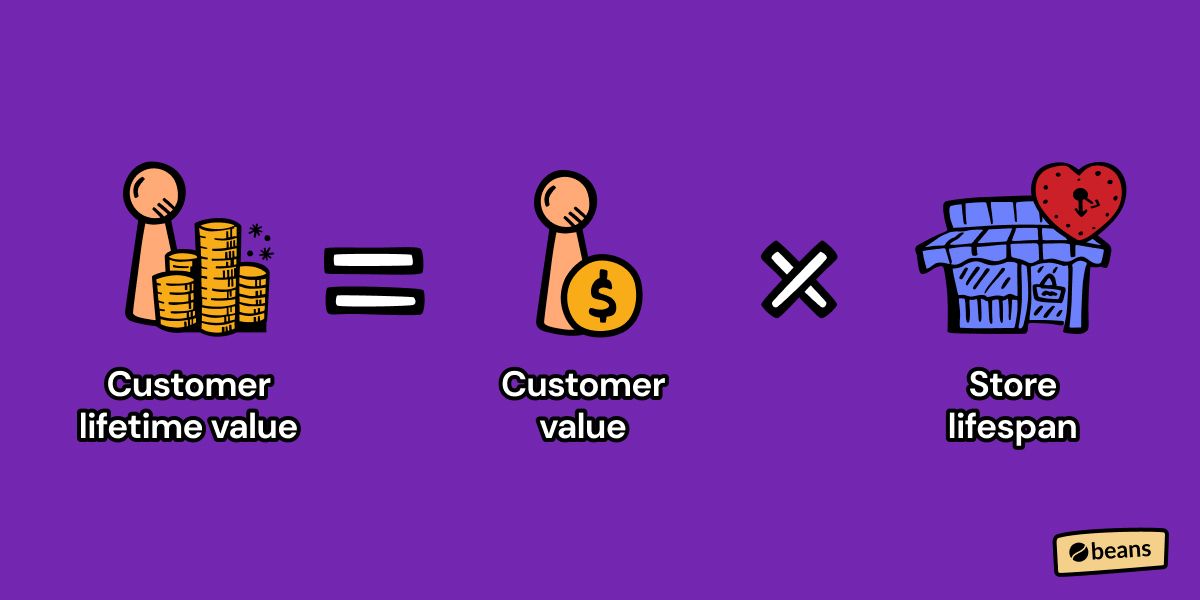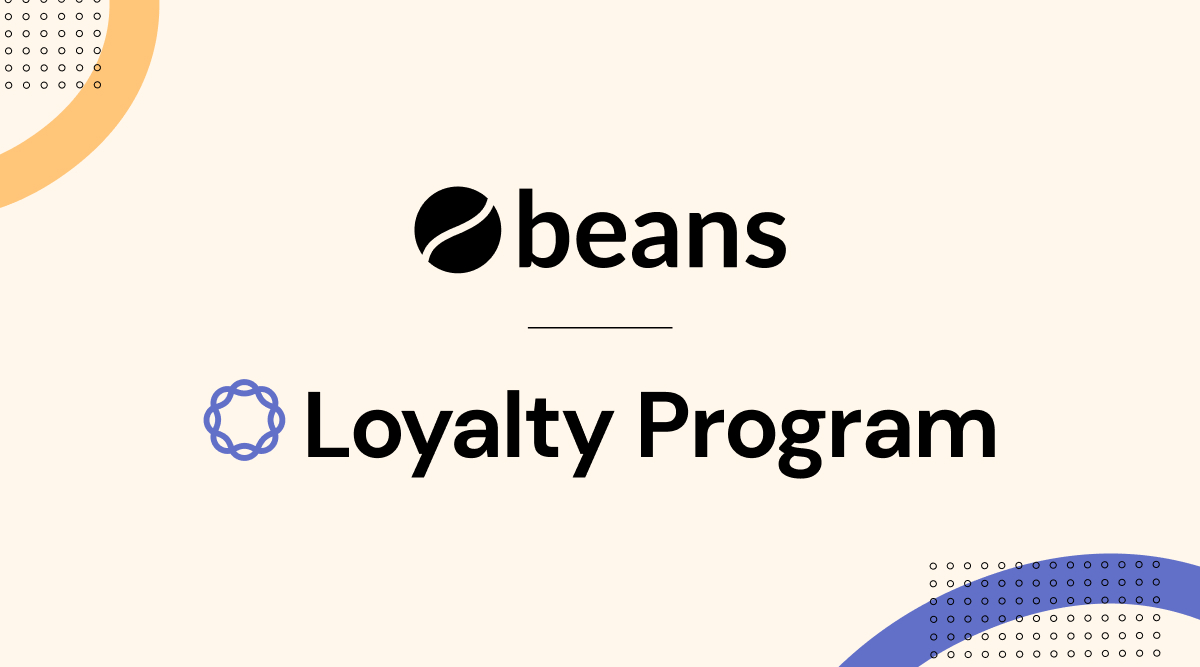As an e-retailer, Customer lifetime value (CLV or CLTV) is a metric that should be driving how you develop your marketing strategy, allocate your resources and dedicate your time to your customers. Not familiar with CLV or CLTV? The many terms associated with it add to this critical metric's confusion; it’s also known as lifetime customer value (LCV) or lifetime value (LTV). If the above terms only bring up hazy memories or none at all, don’t despair; 95% of Shopify, Woocommerce, or BigCommerce retailers don’t measure it at all. So the sooner you start measuring, the sooner you can gain a competitive advantage.
Use your online shop CLV to make better decisions
Whether you’re creating a new advertising campaign, deciding how much of a discount you want to give a customer on their first purchase, or investing in your customer service, CLV is a key factor in keeping your ecommerce business alive. The 95% of retailers who make these decisions without considering CLV rely on intuition, guesswork, and testing until they settle on a number that works. Using CLV, they could know exactly how much a customer is worth, unlocking the possibility of precisely defining the success and failure of their cost per click and accurately judging where and how much resources should be allocated to a particular section of their business.
CLV is a measurement of the total value of a customer to your business for the entire duration of their relationship with you. Knowing this will give you a competitive advantage by allowing you to make more accurate decisions than your competitors about all aspects of your business’s marketing, business model, and customer relations. Conversely, not knowing your Customer lifetime value means you’re making important strategic decisions for your business without having all the relevant facts at hand. In fine, low CLV is the main reason online shops close doors.
A very French example of why a business owner should know their CLV
I live in a residential area in Paris. It’s France, so there is at least one bakery to choose from on each street! Generally, when people find a good bakery, they settle on it. Also, people move about every 7 years in France, so when a bakery gains a customer, they hold them for a long time. Additionally, most people spend at least €5 per week in the bakery (If you didn’t know, they eat a lot of bread in France). Performing some quick calculations, the local bakery owner will realize that each customer is quite valuable. In fact, they’re worth over €1820 to him. Knowing this, the baker should invest in marketing that ensures his customers stick with him. For example, he should consider creating a loyalty program and ensuring a high level of close touch customer service.
Compare this to the bakery beside my office, on the Champs Elysée, Paris’s busiest and most touristy street. This bakery looks the same as the one near my house in every way, but it has a completely different business. Customers tend to be passers-by or hungry tourists. They’ll usually walk in and spend €7 and then never return again, leading to a customer lifetime value of €7. Therefore, this baker needs to concentrate on his operations, reducing costs where he can. Customer service here should be aimed at speed rather than a personal touch, while a loyalty program isn’t going to do a whole lot to entice customers (unless he’s part of an international chain).
As an offline retailer, the ability to recognize familiar faces may eventually lead the first Baker to realize how he should run his business. As an online retailer, facial recognition isn’t going to be much help. Fortunately, you have the benefit of data, allowing you to be precise where the Bakers are using guesswork. However, the math is pretty complicated, but we’ve detailed below a simplified version that should be enough to orientate your decision-making in the right direction.
What decisions should CLV inform?
- Judging the sustainability of your business model, and making informed decisions about the allocation of your time and resources between acquisition and retention efforts.
- Choosing with accuracy the most profitable marketing funnel by applying CLV calculations to each funnel in order to see which brings customers that are most valuable in the long term.
- Assessing the success of investments in customer retention marketing.
- Choosing what discounts to offer potential customers.
- Making informed decisions about offering refunds, exchanges, upgrades, and more.
- Making customer acquisition investments. An acquisition investment is an amount you’re willing to spend on acquiring a customer, knowing that you’ll make a loss on the initial purchase but that over the long term, you’ll make a profit. It differs from normal acquisition spend which, is generally based on the margin of the first sale you’ll make to that customer.
Despite the obvious advantages on knowing your CLV, only only 5% of online stores are actually measuring it, which means that if you start today, you’ll develop a significant competitive advantage on your competitors.
How to measure the customer lifetime value of an online store (the simplified version).
There are many different ways to measure CLV, and many of them are extremely complex. However, below is a more simplified version that will be a good start.
Step 1: Calculating purchase frequency
First, you need to calculate the purchase frequency of your customers during a given period. Usually, it’s best to calculate this over at least 1 year.

Step 2: Calculating average order value
Next, you need to calculate your average order value. You should calculate this over the same time period as purchase frequency.

Step 3: Calculating customer value
Using the data we attained from steps 1 and 2, we can calculate the Customer Value.

Step 4: Calculating the customer lifetime value
The final piece of the customer lifetime value equation is time. That is, how long the customer will remain loyal to your business. This requires assuming the lifespan of your business. As a rule of thumb, it’s advisable to air on the side of caution and go with a conservative value of two.
You can put these values together to create the following equation.

Create a more profitable and sustainable business using CLV
Armed with your CLV, you can start to build scenarios for the future of your business: What if you increased your retention by 5%? What if 10% of your customers spent 10% more? Even if you only have 6 months of ongoing data, it's a good starting point to make more informed decisions about the future and ultimately build a more profitable and sustainable business.
Beans Loyalty Program app can help improve your customer lifetime value by getting customers to come back to your store more often.

